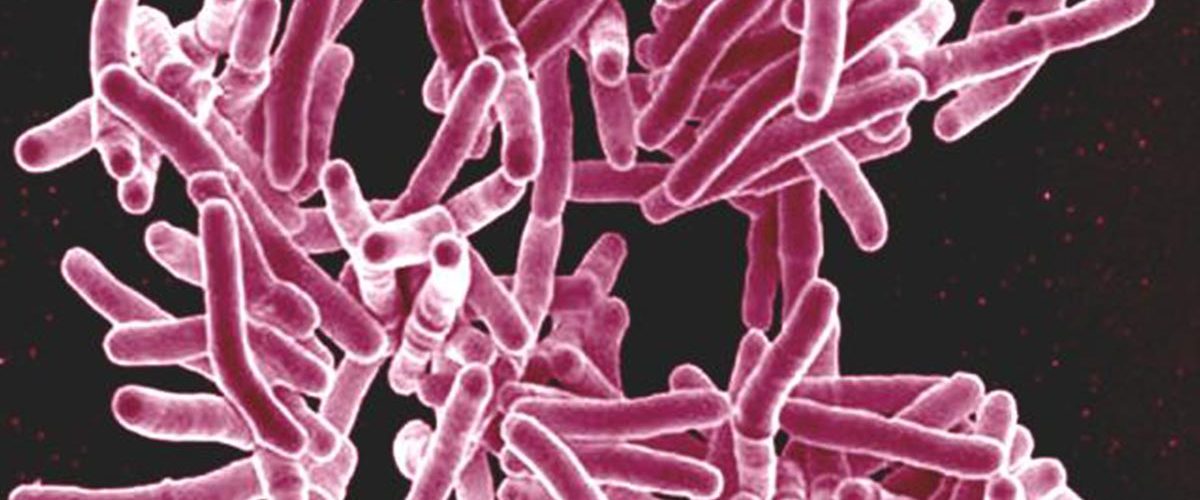Tuberculosis (TB) is the ninth leading cause of death worldwide and the first leading cause from a single infectious agent. TB is also the leading killer of HIV-positive people. In 2016, 10.4 million people fell ill with TB. Quarter of those people are from Africa (2.5 million people). In the same year 1.7 million died from TB globally with 417,000 deaths (over 25 %) from the African region. Between 2000 and 2014, 10 million lives were saved in the African Region through TB diagnosis and treatment. Ending the TB epidemic by 2030 is among the health targets of the Sustainable Development Goals. The 2013 Abuja Declaration sets the targets of ending TB in Africa by 2030.
TB is an airborne Disease. It spread between human through inhaling the air infected with TB germs through cough, sneeze or spit from an infected person. Common symptoms of active lung TB are cough with sputum and blood at times, chest pains, weakness, weight loss, fever and night sweats.
TB has effective treatment and can be cured. The majority of cases can be cured when treatment is done properly. It is treated with a standard 6 months course of 4 antimicrobial drugs under the supervision of a health worker or a trained person. Multidrug-resistant tuberculosis (MDR-TB) is a form of TB caused by bacteria that do not respond to isoniazid and rifampicin, the 2 most powerful, first-line anti-TB drugs. MDR-TB is treatable and curable by using second-line drugs. However, second-line treatment options are limited and require extensive chemotherapy (up to 2 years of treatment) with medicines that are expensive and toxic. Extensively drug-resistant TB (XDR-TB) is a more serious form of MDR-TB caused by bacteria that do not respond to the most effective second-line anti-TB drugs, often leaving patients without any further treatment options. In August 14, 2019, the FDA approved a new drug for extensively drug – resistant TB.
There is a slightly effective vaccine for TB. It provides mild protection against the infection transmission. Stopping the transmission between adults is the first effective step of prevention. This is done by identifying patient s with active TB and cure them. Another aspect is identifying people with latent TB and prevent the development of the active infectious TB. Tuberculosis infection control through preventing the transmission in different settings such as hospitals is crucial step for prevention. The pasteurization of milk also helps to prevent humans from getting bovine TB.

